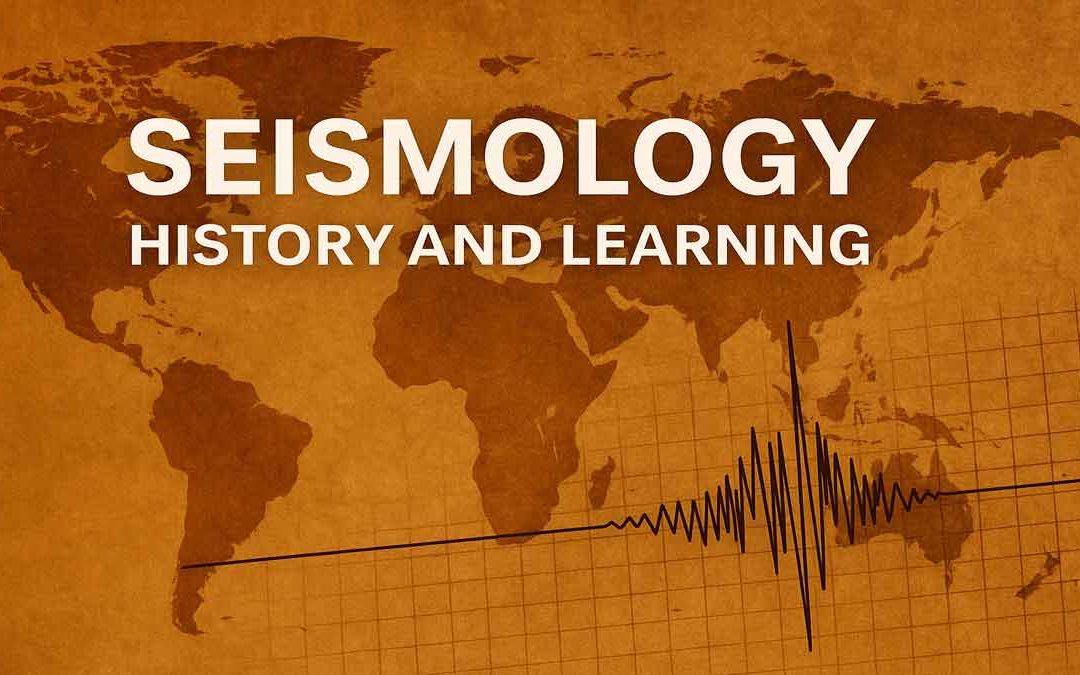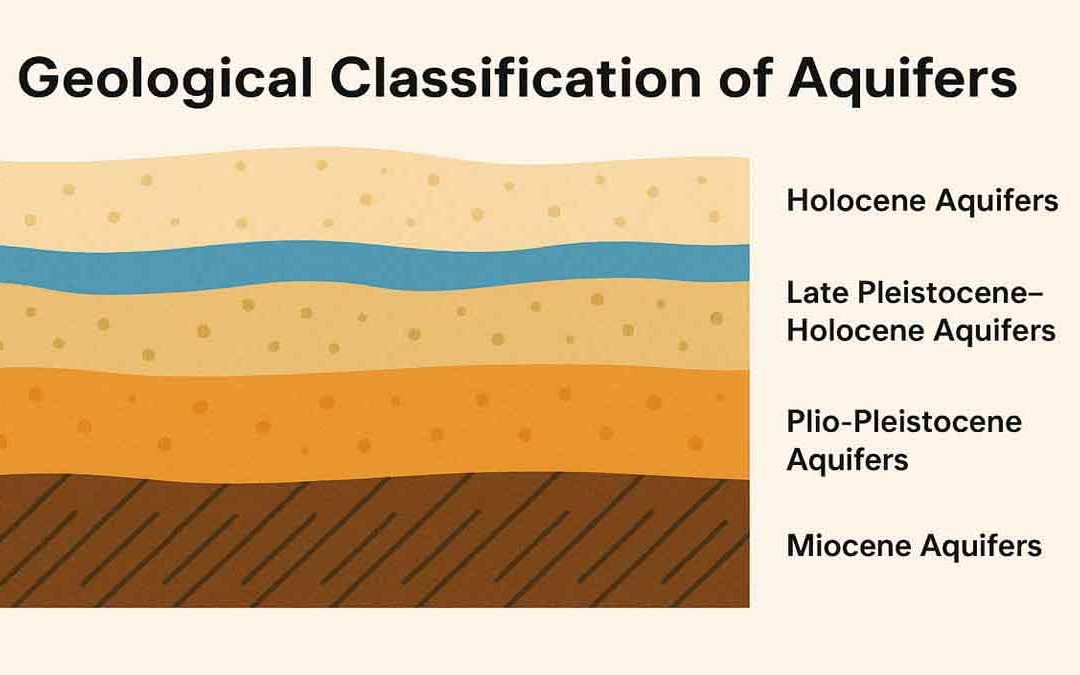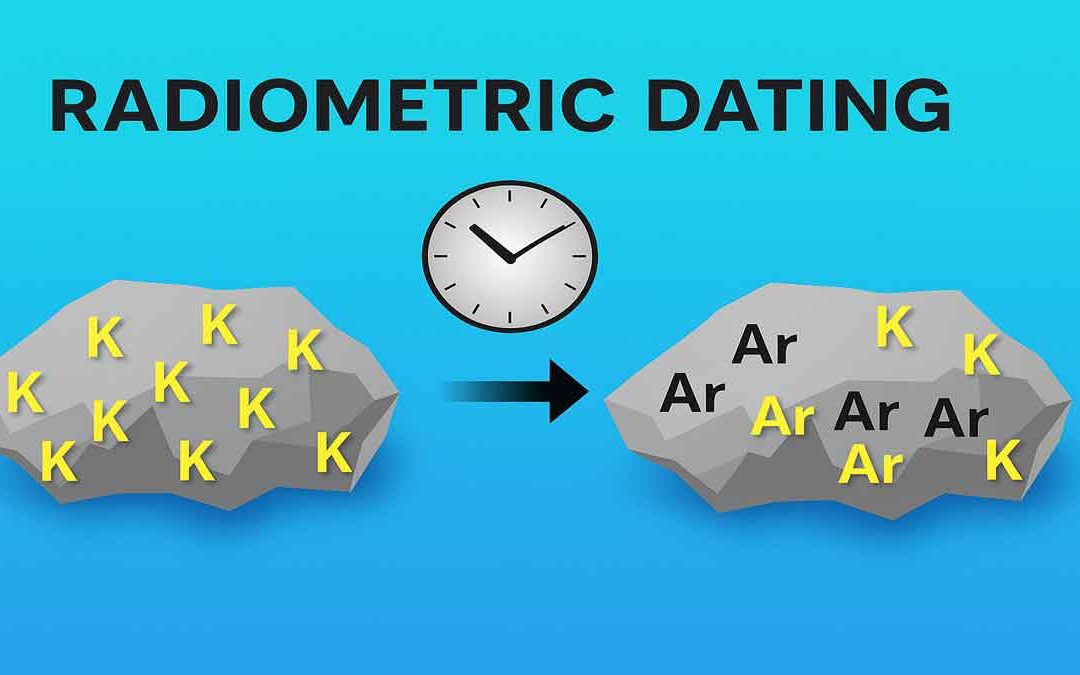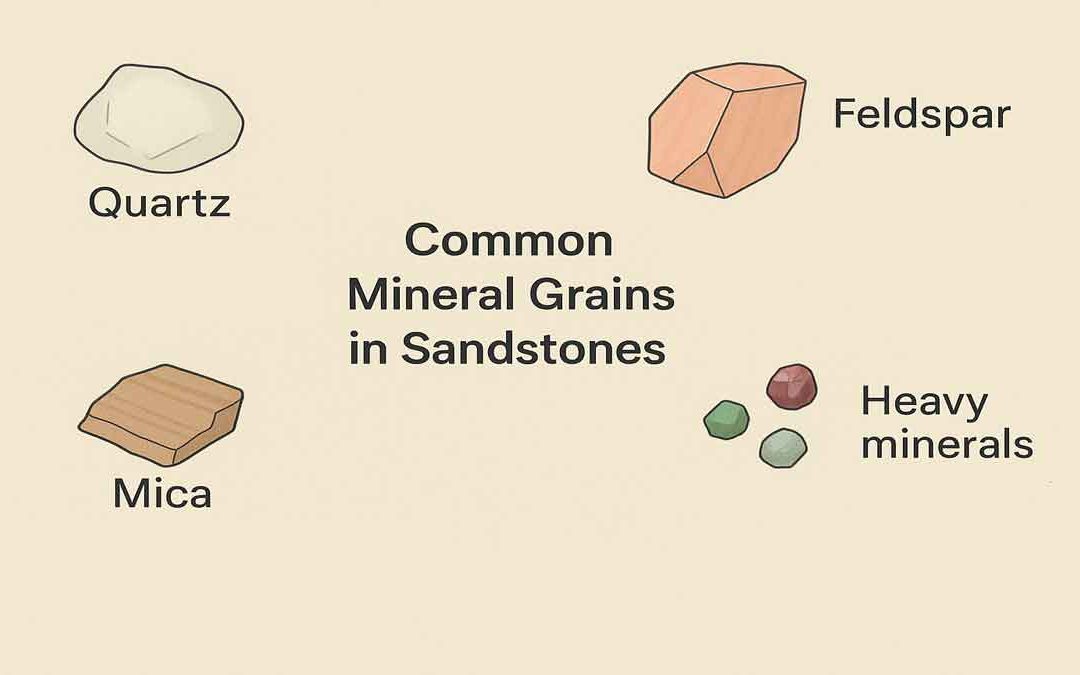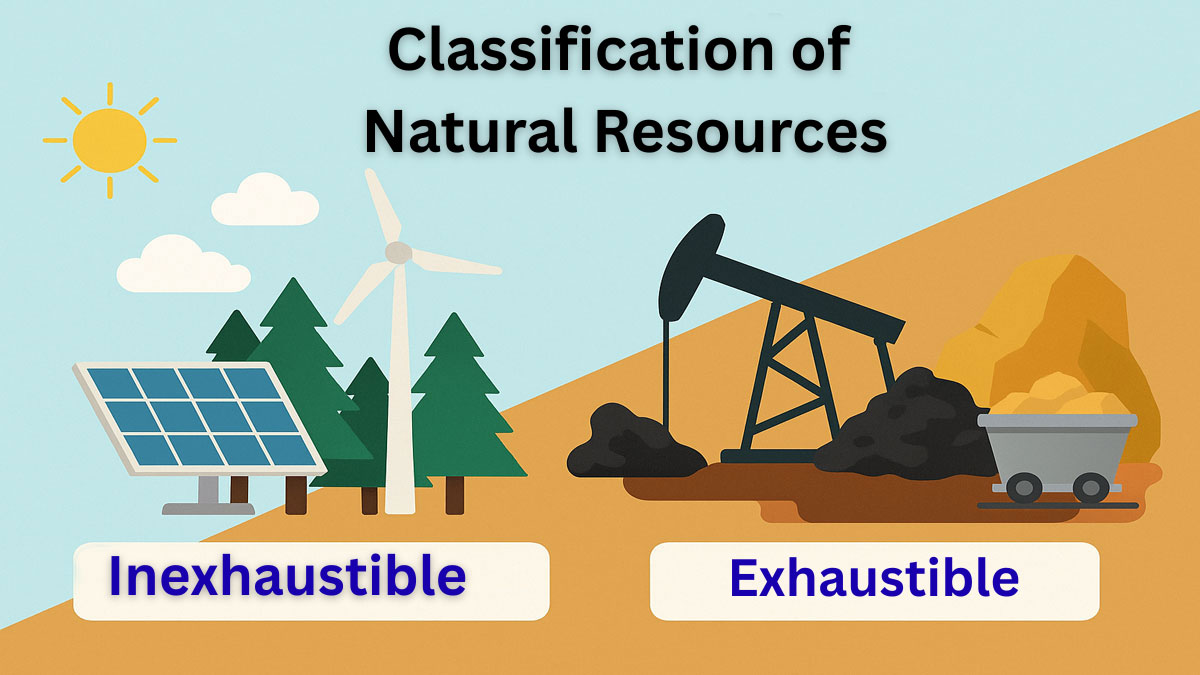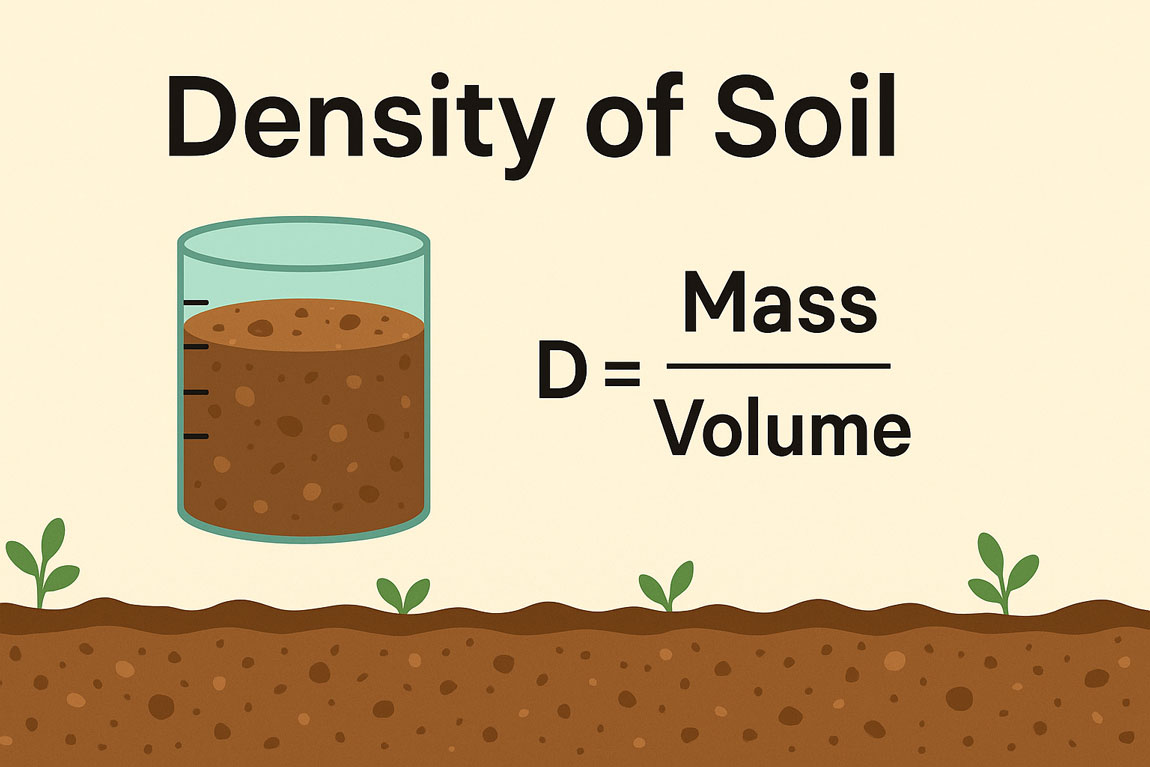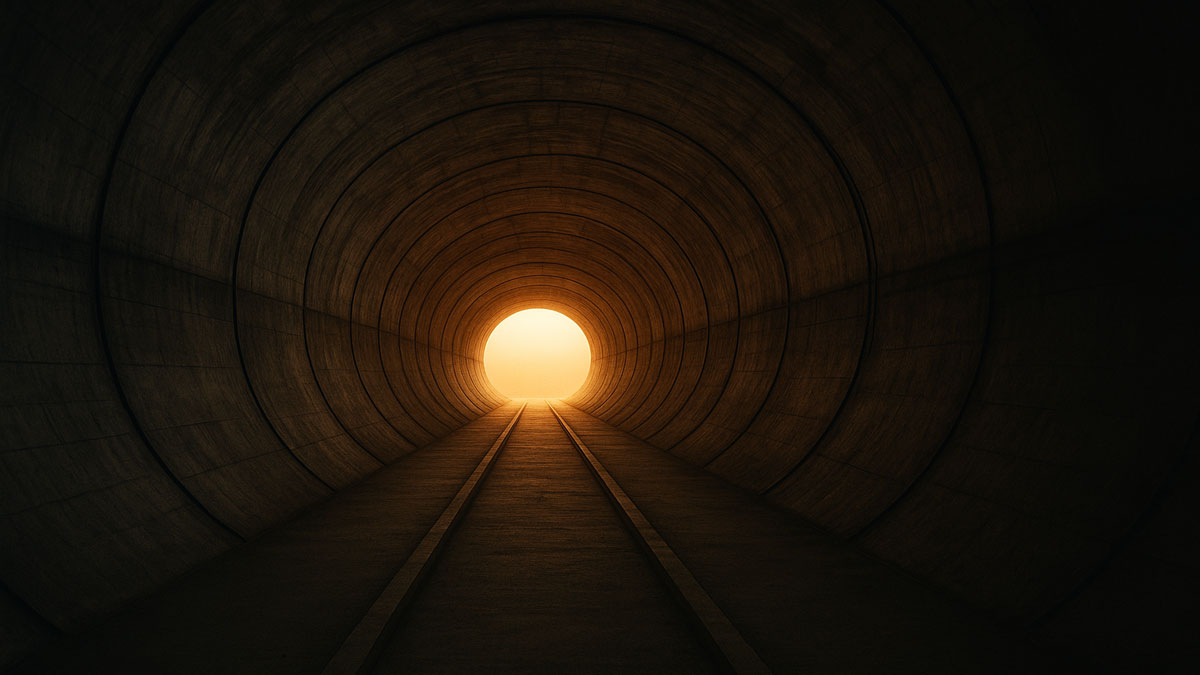
by Gelogia Team | Jun 3, 2025 | Physical Geology & Geomorphology
Seismology: Seismology (from Greek σεισμός “earthquake” and -λογία “study of”) is the scientific study of earthquakes and the propagation of elastic waves through the Earth or through other planet-like bodies. Seismology studies seismic waves...

by Gelogia Team | Jun 1, 2025 | Hydrology
Classification of Aquifers: Geologically, they can be classified based on the age and composition of the sediments or rocks that host them. The four main types are: Holocene Aquifers Late Pleistocene-Holocene Aquifers (Unconsolidated to semi-consolidated):...

by Gelogia Team | May 31, 2025 | Petrology
Radiometric Dating: Introduction and Principles In the early part of the 20th century, scientists discovered radioactivity and the radiogenic decay of isotopes, which opened the way for dating rocks by an absolute rather than a relative method. Up to that time,...

by Gelogia Team | May 30, 2025 | Mineralogy
Mineral Grains in Sandstones: A very large number of different minerals may occur in sandstones, and only the most common are described here. Quartz: Quartz is the commonest mineral species found as grains in sandstone and siltstone. As a primary mineral, it is a...

by Gelogia Team | May 29, 2025 | Physical Geology & Geomorphology
The Bouma sequence specifically describes the ideal vertical succession of structures deposited by low-density (i.e., low sand concentration, fine-grained) turbidity currents. The Bouma sequence is divided into five distinct units, labelled A through E, with A at the...
